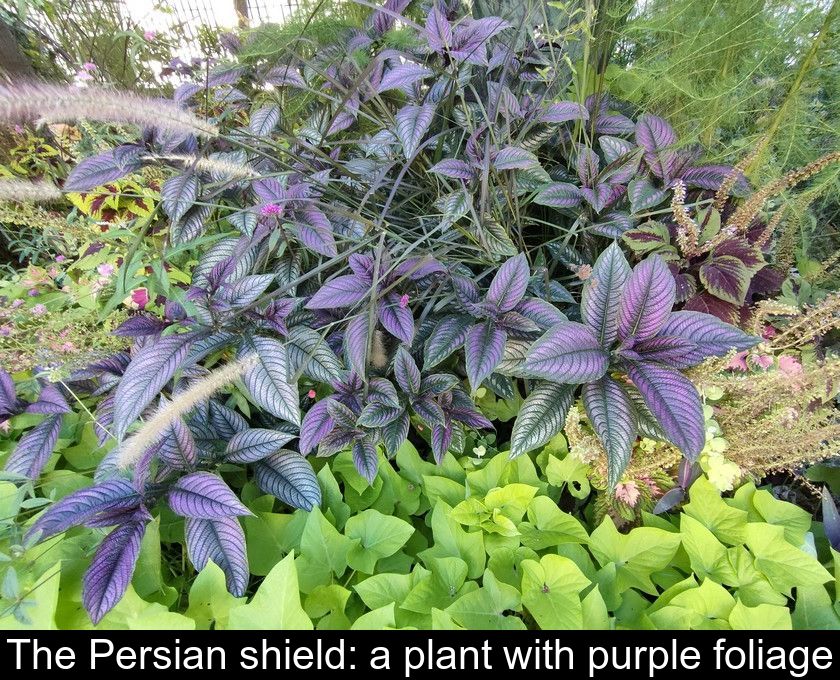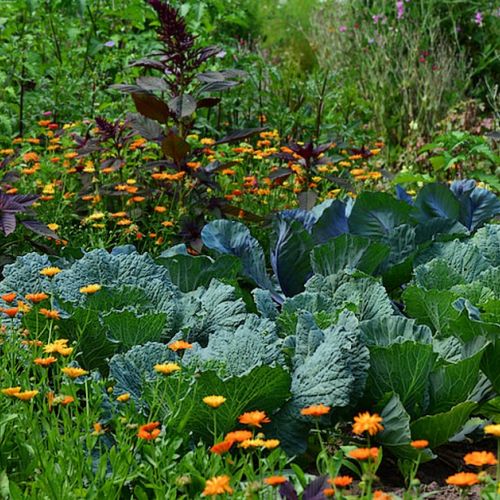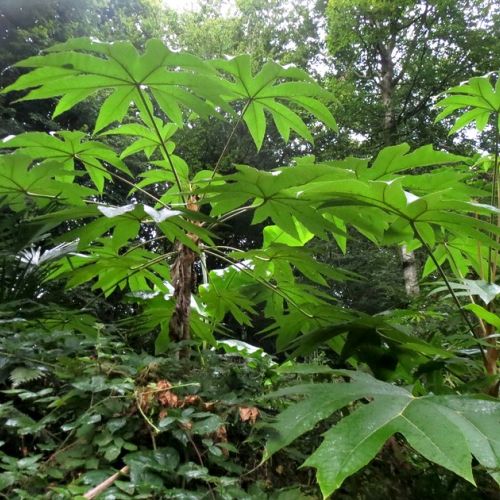The Persian Shield: A Plant With Purple Foliage
Do you know the Persian shield? This amazing plant does not go unnoticed in the garden, especially in late summer when its purple foliage contrasts with the fall colors. We explain how to grow this perennial with spectacular foliage.
A perennial that does not come from Persia
Despite its name, Persian Shield or Strobilanthes dyerianus is not native to Persia but to Burma.
It is therefore a chilly plant that is grown as an annual or that must be brought in from the cold as soon as the thermometer drops below 12°C.
If you are lucky enough to live in a region with mild winters, install it preferably in a bed where its foliage will be of the most beautiful effect with other plants.
In regions with a colder climate, you can grow it in a pot in a veranda where its beauty will also be noticed.
One of the most beautiful foliage in the natural world
Among the plants of the genus Strobilanthes, which includes about 400 species native to tropical and subtropical areas, the species Strobilanthes dyerianus is unquestionably the most spectacular.
Indeed, the Persian shield has one of the most beautiful foliage you can see in nature. Seen from a distance, its leaves display a beautiful, brilliant dark purple that contrasts with all the surrounding vegetation.
This purple color is actually very different from the purple foliage that is quite common in nature.
If you look at the leaves more closely, you will notice that they are edged and veined with blue-green and have an iridescent or satin-like silver appearance.
The whole thing makes for gorgeous foliage that dwarfs its pale blue flowers. The leaves are evergreen, elliptical in shape, finely toothed and embossed. They can measure up to 15 cm for a guaranteed 'wow' effect.
A culture protected from the cold
If you want to adopt the purple Persian shield in your garden, be aware that you can grow it outdoors only if you live in the south of France, in a region with mild winters.
Everywhere else, you will need to grow it in a pot and overwinter in a cool room.
In the garden, planting is best done in spring, in May-June. Reserve for it a location in partial shade and humus-rich, light and drained soil.
For a pot culture, provide it with a bright exposure without direct sun and a substrate composed of garden soil and potting soil.
This plant of tropical origin needs high hygrometry. Be sure to maintain good humidity conditions, as too much dry air can cause the leaves to dry out and fall off.
This perennial should be watered regularly in the summer, then rested in the winter, allowing the substrate to dry thoroughly between waterings.
Maintenance tips
Outdoors, the aerial parts of the Persian Shield may disappear due to winter frost. Wait until spring, however, as it is possible for new shoots to sprout from the stump if the frost was not too severe.
When grown indoors, such as in a conservatory or greenhouse, this plant can be attacked by whiteflies or mealy bugs, so keep an eye out!
This plant is easily propagated by stem cuttings in water or smothered. Cutting is done in the spring.
Of the many species in the genus Strobilanthes, the Persian shield is the most decorative. But it is also the least hardy species... If you are looking for a more cold-hardy plant, prefer penstémon flower strobilanthes or the species Strobilanthes attenuata. They will last until -15°C approximately.








